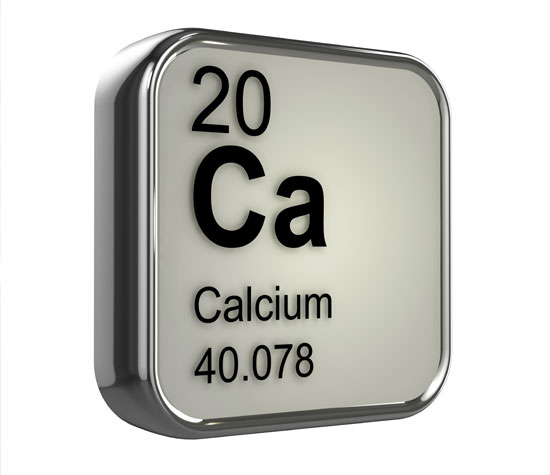Page Contents
- 1 WHAT IS IT?
- 2 WHAT CAUSES IT?
- 3 WHAT IS THE INTIAL PRESENTATION FOR THIS CONDITION?
- 4 Patient Complaints (Chief Complaints):
- 5 WHAT ARE IMPORTANT FEATURES OF THE PHYSICAL EXAM?
- 6 CLINICAL WORKUP: SERUM STUDIES
- 7 CLINICAL WORKUP: ELECTROCARDIOGRAM
- 8 WHAT IS OUR THRESHOLD FOR DIAGNOSIS?
- 9 HOW DO WE MANAGE A PATIENT WITH THIS DIAGNOSIS?
- 10 ARCHIVE OF STANDARDIZED EXAM QUESTIONS
WHAT IS IT?
Hypocalcemia refers to low levels of calcium in the serum.

WHAT CAUSES IT?
Possible causes of this condition can fall into several categories (outlined below):
- Decreased absorption: renal failure, vitamin D deficiency
- Decreased parathyroid hormone activity: hypoparathyroidism, hypomagnesemia
- Consumption of serum calcium: acute pancreatitis
- Dilution of serum calcium: iatrogenic fluid overload
- Other: crush injuries, necrotizing fasciitis
WHAT IS THE INTIAL PRESENTATION FOR THIS CONDITION?
Patient Complaints (Chief Complaints):
- Numbness/tingling: of fingers/toes/mouth
- Muscle spasms/twitches/cramps
- Abdominal cramps
- Seizures (rarely)
Detection On Medical Studies:
- Finding on a BMP/CMP
- EKG findings (Prolonged QT interval)
WHAT ARE IMPORTANT FEATURES OF THE PHYSICAL EXAM?
Neurological Exam:
- Increased deep tendon reflexes
- Chvostek sign
- Trousseau Sign
CLINICAL WORKUP: SERUM STUDIES
Basic Metabolic Panel (BMP):
CLINICAL WORKUP: ELECTROCARDIOGRAM
A prolonged QT interval can be seen in patients with this electrolyte abnormality.
WHAT IS OUR THRESHOLD FOR DIAGNOSIS?
Deciding if a patient has hypocalcemia can get a bit NUANCED.
Serum levels of calcium:
The reference range for total serum calcium is 8.5-10.5 mg/dL. Using this reference patients with a total serum calcium < 8.5 mg/dL are considered to have hypocalcemia. HOWEVER because much of the serum calcium is protein bound (principally to albumin), the above reference range for total serum calcium assumes that the patient has a normal level of albumin in the serum (~ 4.0 g/dL). For patients who have an abnormal amount of albumin a corrected level of calcium must be used to evaluate for hypocalcemia.
Corrected levels of calcium (relative to albumin):
Each 1 g/dL change in albumin in a patient’s serum will result in ~0.8 mg/dL change in total serum calcium (a decrease in albumin will decrease calcium and vice versa). This is because much of the calcium in the serum is actually bound to albumin. For this reason any patient who is suspected to have a calcium abnormality must also have their albumin levels evaluated. Patients with abnormal albumin levels must have their calcium corrected to accurately assess for hypocalcemia. The below formula can be used (often 4.0 g/dL is used as the normal albumin value):
Calcium = Serumcalcium + 0.8 * (Normalalbumin – Patientalbumin)
Online calculators also exist to make this process easier.
Ionized calcium:
If there is confusion regarding the diagnosis of hypocalcemia, serum ionized calcium (free calcium) can also be measured. It is important to note that the affinity of calcium for albumin is increased in the presence of alkalosis (which will decrease the amount of free calcium present). The reference range for ionized calcium is ~ 4.4-5.4 mg/dL.
HOW DO WE MANAGE A PATIENT WITH THIS DIAGNOSIS?
The treatment of hypocalcemia may vary depending on the etiology of the condition, and is elaborated upon more below:
ARCHIVE OF STANDARDIZED EXAM QUESTIONS
This archive compiles standardized exam questions that relate to this topic.
Page Updated: 01.28.2017